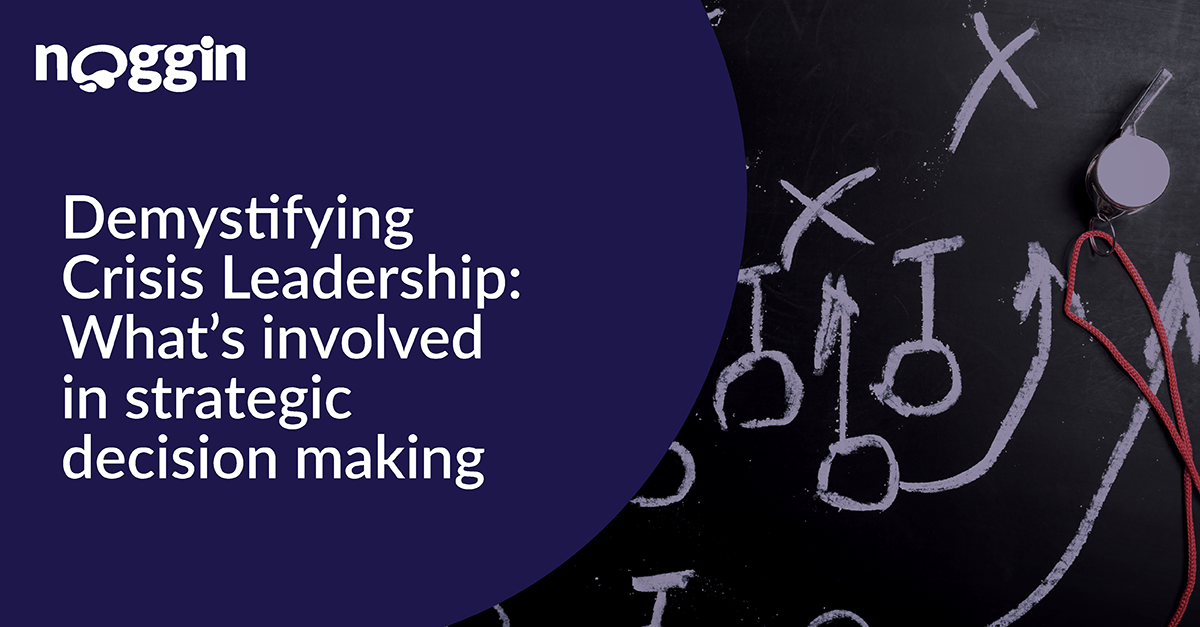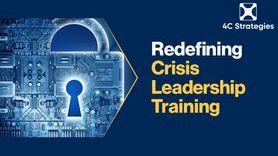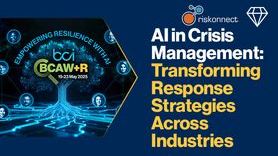Demystifying Crisis Leadership: What’s involved in strategic decision making

Defining crisis leadership
Leaders are rarely tested as they are during a critical event, where strategic decisions – many times dealing with matters of life, death, and property – must be made. But what’s involved in crisis leadership?
Well, the role of the crisis leader is to stabilize the fluid situation, instill confidence, and bring out the best in everyone involved.
Crisis leaders do so by providing the clear direction and control needed to defuse tension, provide a focus for activity, and reassure interested parties that competent, responsible leadership is on top of things.
Crisis decision making and its challenges
Unfortunately, such is the nature of crisis that it’s not always possible to impose quick order on a chaotic situation.
As a result, crisis leaders, like their subordinates, must be trained, rather than having their crisis leadership bona fides assumed. And that crisis leadership training, to be effective, should focus on strategic decision making – the selection of a course of action from multiple options.
At a basic level, strategic decision making entails (1) establishing the situation, (2) identifying the relevant issues, (3) generating options, (4) evaluating the options with reference to the desired end-state, and (5) making a choice.
Rarely, though, does the crisis decision-making process unfurl so smoothly.
For one, the decision-making process is affected by the values, weight factors (including legal, technical, operational, etc.), priorities, and preferences of decision-maker(s). Adding to that, how information is exchanged during a crisis also affects the quality of decision making and the level of consensus achieved.
Indeed, the informational challenges associated with the crisis environment (e.g., lack of knowledge and abundance of rumors, assumptions, and misinformation) are particularly threatening to strategic decision making.
How so?
Well, the uncertainty, owing to informational challenges, significantly increases a decision-maker’s stress. That can negatively affect cognitive processes, increasing the likelihood of flawed decision processes and poor decisions.
Further crisis decision-making challenges include:
- Groupthink
- Confirmation bias
- Tunnel vision and fixation
- Wishful thinking
- Stereotyping
- Disproportionate emphasis given to preferred sources
- Failure to challenge assumptions of various types
- Premature closure on a particular interpretation, position, or path of action.
Overcoming crisis decision making challenges
What can help?
According to best-practice standards like newly minted ISO 22361, simple decision-making models can enable effective crisis decision making.
Those models focus on situational awareness, direction, and action (See more below), to make the task of crisis decision making more manageable.
- Situation. Situational awareness involves an appropriate knowledge of these factors: What is happening? What are the impacts? What are the issues? What are the risks? What can happen? What is being done about it?
- Direction. What end-state is desired? What is the aim and objectives of the crisis response? What overarching values and priorities will inform and guide this?
- Action. The effectiveness of actions should be monitored and reported on. What needs to be decided? What needs to be done? When to resolve the situation and achieve the desired end-state?
Training for mastery of this model will push crisis teams to identify the factors needed to improve the effectiveness of strategic decision making in a crisis, including implementing, at an organizational level, policies, structures (teams and roles), plans, processes, and tools to support the organization’s crisis management capability.
That’s not all. The training of crisis leaders and their teams should focus on seeking out experiences in crisis decision-making environments, with training in the use of decision techniques that help:
- Reduce the effect of uncertainty on cognitive abilities
- Improve recognition of the signs of weak decision-making
Crisis leaders, for their part, will need to develop the ability to keep the scope of the decision-making process at the strategic level, providing high-level direction for dependent decisions and actions at the tactical and operational levels, without micromanaging and unnecessarily limiting them.
They will also need to create and support the development of team characteristics that address task conflicts and allow members to feel safe in displaying proactive behavior.
Of course, that only scratches the surface of what’s involved in crisis leadership. For more on crisis leadership and overcoming strategic decision-making challenges, download our Best-Practice Guide to Crisis Leadership, Decision Making, and Communication.









































